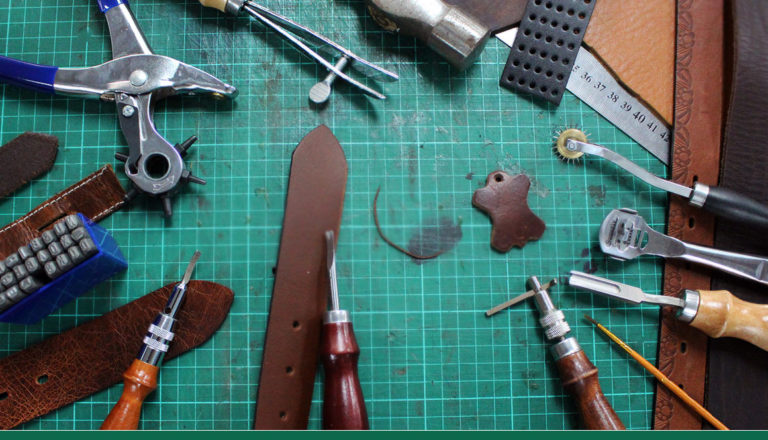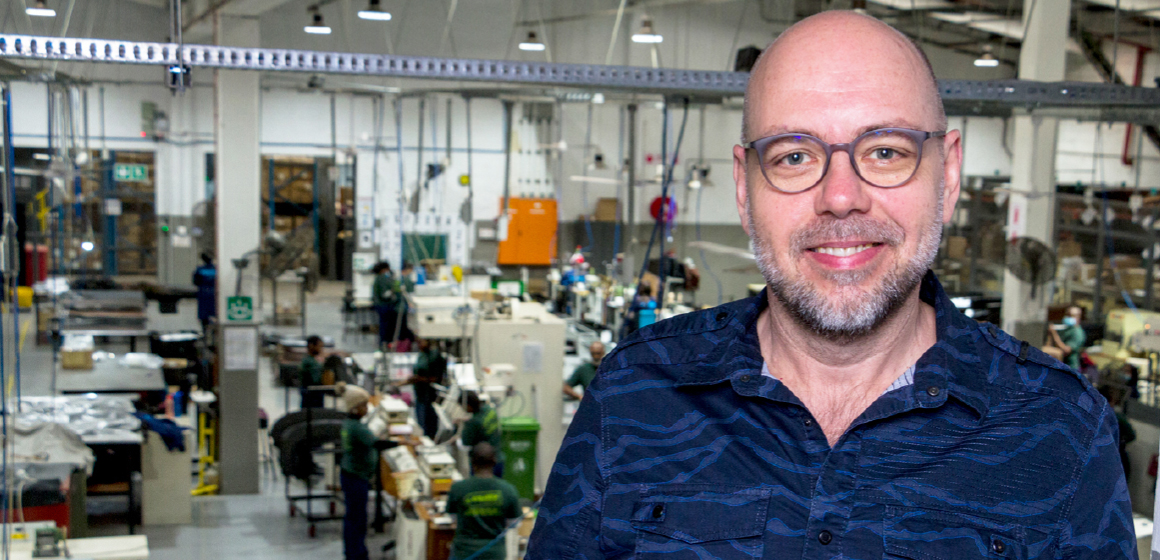he following piece is written by director Leon Buhr
When our factory (which designs, manufactures & distributes belts & other accessories to many fashion & accessory retail brands) first embarked on our sustainability journey in 2017, we were overwhelmed. This is a complex issue. And so, we broke our journey into 3 manageable parts to be able to understand and change one aspect at a time:
- Where is the belt made?
- What is the belt made from?
- How is it packaged and distributed?
Having achieved our green building certification in 2020, our 2021 focus will be on what our belts are made from, how we can innovate our supply chain and materials usage. This interweaves with our dedication to two other 2021 goals that we have as a manufacturer: localisation and transparency. But more on those another day.
One of the greatest learnings in our sustainability journey has been to accept that there are dichotomies and paradoxes in seeking better solutions. This could not be truer in the arena of materials innovation.
For example, in our industry, there is a growing aversion to what are perceived as unsustainable materials like leather, and replacing that with what is frequently termed ‘vegan leather’. Currently vegan leathers are largely made from polyvinylchloride (PVC) or polyurethane (PU), a fossil fuel based plastic. These belts have a shorter useful life than a leather belt, and contribute to immense environmental harm, as it breaks down to plastic microparticles that live for 1000+ years and find their way into the water stream, the food chain and our bloodstream.
I’d argue that these so-called vegan alternatives simply don’t solve the problem. Rather they exacerbate it. But the flip side of that coin is that leather created in a climate damaging way, or tanned irresponsibly is incredibly harmful to the environment too. And whilst leather is a byproduct of the meat industry, currently the meat industry as it stands is unsustainable overall.
There is of course incredibly important arguments around the need for regenerative cattle farming – of which leather could too be a byproduct. In fact I recommend you get used to the term regenerative farming and fall in love with it (and, watch a film about this practice: Kiss the Ground – it will be the best 84 minutes of your week).
In the most ideal of worlds we would all be producing less units. Overconsumption and scale is undoubtedly our biggest problem in fashion. As manufacturers and fashion brands, we need to be finding ways to encourage consumers to buy less and buy better. But in this pursuit we have the difficult challenge of balancing job creation and economic sustainability – a big reason why we sadly can’t overhaul in an instant.
It is my belief that leather products sourced regeneratively, tanned responsibly and bought to last could be some of the most sustainable products out there. Leather products can also be handed down from one generation to the next – and will biodegrade at end-of-life.
But, we have so far to go in getting there. Nonetheless, I envisage a 2030 by which time we will be aghast at the thought of wearing fossil fuels on our bodies, or wearing fashion that hasn’t been sourced in an ethical and regenerative way. Welcome onto the stage hemp, mushroom, sugarcane, pineapple, wood (FSC certified of course) bamboo, engineered-living materials (ELMs) and other natural fabrications.
So where to from here?
- Over the last few years, we have made great strides in developing plant based materials that are vegan-friendly and plastic free. These products age like leather and are incredibly durable. We will be continuing with this development with the hopes to make them accessible to the market.
- Currently up to 28% of our raw material is Oeko-Tex® certified recycled leather made from off-cuts or reused leather. It is a remarkably strong and comfortable product with years of use. I personally wear this almost daily and my belt was made in 2014. It definitely has another 4 years in it, so over 10 years of near daily use. We aim to increase the use of such materials at the design phase as much as possible.
- We are deeply considering the ‘length-of-use’ and ‘end-of-life’ of our products and will continue to do so, in pursuit of more circular fashion products that biodegrade at end-of-life.
- Whilst we still make belts from PVC and PU, we are working with our customers to try and shift the demand away from these plastic leather alternatives.
- We are dedicated to the long journey of research and development to improve our knowledge and find ways of getting closer to our goals.
- Even though we will always be far from perfect and sometimes take two steps back before taking one step forward, we continue to make lots of small decisions to do better than yesterday, inching us closer to a more sustainable end-result.
So as we dedicate 2021 to What is my belt made from, we know that we are not starting at 0. But we do know that we know very little, and that we have very far to go.
If this interests you, we will be sharing our learnings, failures and successes on our page: Equator – the Belt Factory™. Please follow along.


